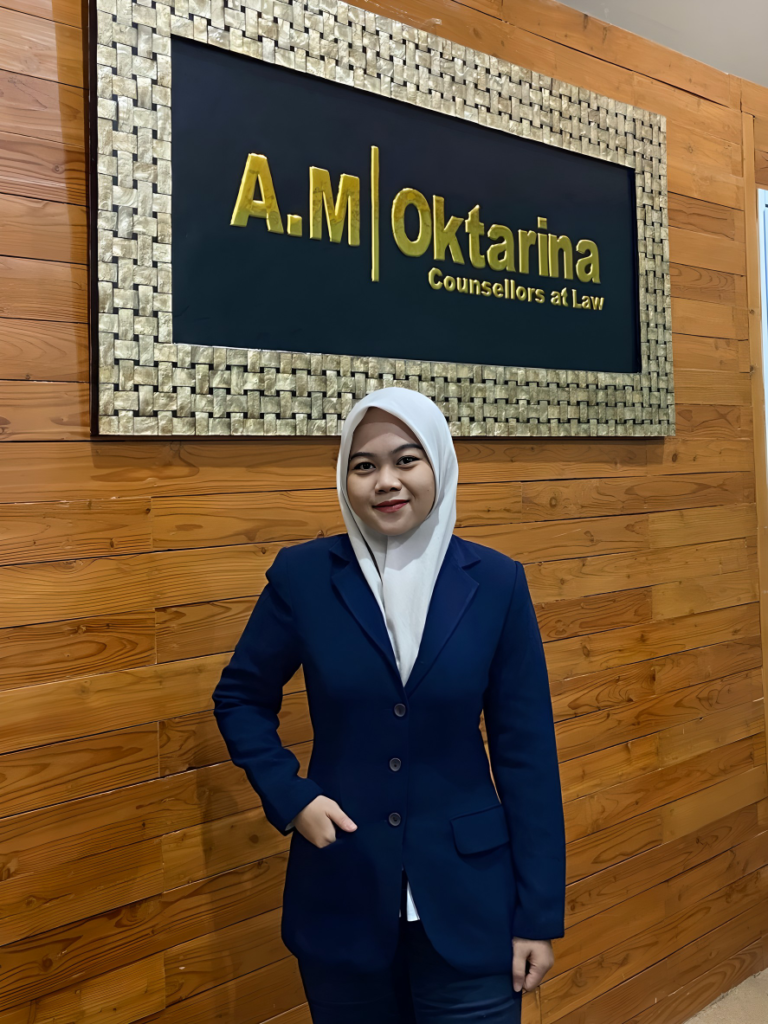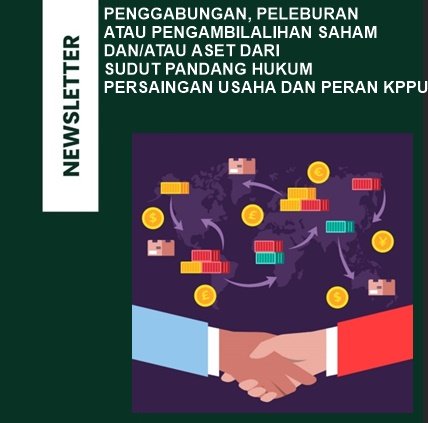Image Source : https://www.freepik.com/free-vector/education-easy-learning-set-icons_5152558.htm#fromView=search&page=1&position=0&uuid=09ec3e09-3c03-4e8d-81e6-8c494933448f From: A.M Oktarina Counsellors at Law Contributors: Poppy Putri Hidayani, S.H., L.L.M., Ricky Rahmad Aulia Nasution, S.H., Reviewer: Noverizky Tri Putra Pasaribu, S.H., L.L.M (Adv). Background Intellectual Property is property derived from human Intellectual capacity. For example, works of Literature, Science, Knowledge, Technology, and Art and Brand are works derived from Human Intellectual skills. Human intelligence is clearly visible in these works because it requires a lot of time, effort, energy, thought, imagination, taste, and energy. So that this Intellectual Property raises several rights including Economic Rights and Moral Rights. The owner of the rights in the creative work owns the copyright, It consists of two main rights namely economic rights and moral rights. Economic rights include the right to obtain financial benefits derived from copyright and other related rights. In contrast, moral rights include the right of authors to resist any deviation, mutilation, or other adjustment of their work that harms his honor or reputation. The concept of copyright originally came from the legal systems of civil law countries such as France and Germany which concentrated on individual copyrights, while common law countries such as the United States and the United Kingdom concentrated on copyright. This is stated in several studies that examine the economic concept and moral rights of creators according to the Civil Law and Common Law System. Legal Base Constitution of 1945 (“1945 Constitution”) Law No. 28 of 2014 (Law No.28/2014) Law No. 14 of 2001 (Law No.14/2001) Law No. 15 of 2001 (Law No.15/2001) Law No. 19 of 2002 (Law No.19/2002) Article 1 point 1 of Law No.28/2014 concerning Copyright, states that: “Copyright is the exclusive right of the creator that arises automatically based on the declarative principle after a work is realized in tangible form without prejudice to restrictions in accordance with the provisions of laws and regulations.” Moral rights, which are rights related to the honor and reputation of the creator, are an important part of copyright in many countries, including Indonesia. This is because moral rights are the embodiment of property rights. A global consensus has been reached to regulate copyright taking into account the importance of moral rights. This consensus covers a wide range of international treaties, including the Berne Convention. The term “moral droit” comes from French and has the same meaning as “moral rights”. The term was first used in France and later spread to other countries on the European continent. Quoting Article 5 paragraph 1 of Law No.28/2014 on copyright, “moral rights are exclusive rights owned by the creator forever and consist of: Keep his name on or without his name on the copy in connection with the Public Use of his Work, Using his alias or pseudonym, Changing His Creation in accordance with the propriety in Society Change the title and child titles of a Work Retain its rights in the event of distortion of the Work, mutilation of the Work, modification of the Work, or anything of a nature detrimental to its self-honor or reputation. Article 6 –Article 7 of Law No.28/2014 states “to protect moral rights” When the Creator is alive, his moral rights cannot be transferred, however, after his death, his rights can be exercised for other reasons or on the basis of a will, in accordance with applicable laws and regulations. To protect moral rights, the law stipulates that creators have certain rights. As referred to in Article 5 paragraph 1 of Law No.28/2014, the Creator may have: Copyright management information includes information about methods or systems that can identify the originality of the substance of the Work and its Creator; and information codes and access odes. Copyright electronic information includes information about a Work, which appears and is attached electronically in connection with the Work Announcement activity, the name of the creator, his alias or pseudonym, the Creator as the Copyright Holder, the period and conditions of use of the Work, the number, and information code. As for Marks, what is meant by marks in (Law No.15/2001) is a mark in the form of images, names, words, letters, numbers, color arrangements, or combinations of these elements that have distinguishing power and are used in trading activities for goods or services. Economic rights held by the Creator under the Indonesian Copyright Law are divided into two categories, namely the Right to Publish and the Right to Reproduce the Creation. The first right includes Economic Rights in Law No.28/2014 concerning Copyright, regulated in Article 9 paragraph 1 of Law No.28/2014, which states that: Economic Rights for Creators or Copyright Holders consist of: Publishing Works The Multiplication of Creation in all its forms Translation of Creation Adapting, arranging, or transforming the Creation Distribution of Works Creation Show Creation Announcement Creation Communication Creation Rental In addition, authorization from the Creator or Copyright Holder is required for any person or party who wishes to exercise such economic rights. Based on the Copyright Law, economic rights are valid during the life of the creator and for 70 years after his death, in contrast to Patent Rights as explained in (Law No.14/2001) that: “The patent is granted for a period of twenty years from the Date of Receipt and that period cannot be extended” This economic right includes the right to reproduce, announce, distribute, rent, lend, and commercially exploit copyrighted works. Economic rights apply to the creator, but can also be granted to legal entities for a period of 50 years from the time the copyrighted work is published. Articles 23-28 of Law No.28/2014 regulate subjects that acquire economic rights, such as artists, record producers, writers and broadcasters. As a case in point, Farah Quinn, a celebrity and presenter, sued an online shopping site for using photos of her for commercial purposes without her consent. At a news conference, Farah, who came with his legal team, said the case began when a friend contacted him and confirmed that his photo was










